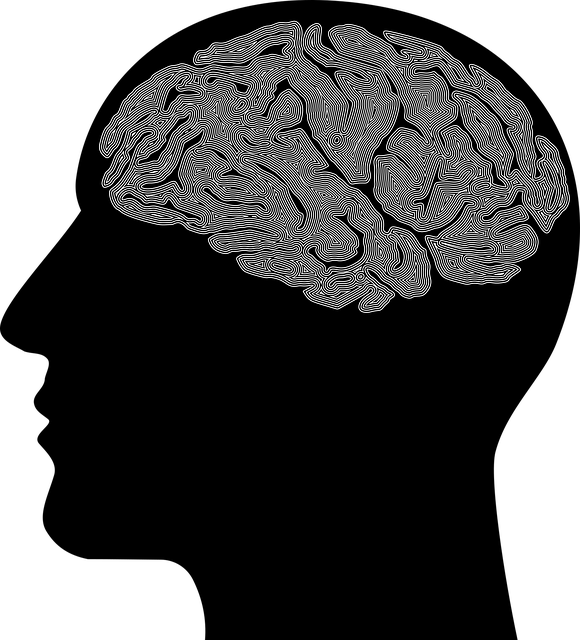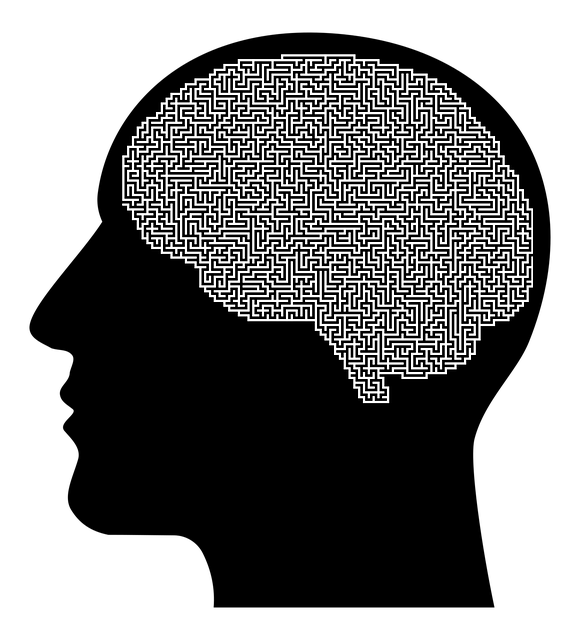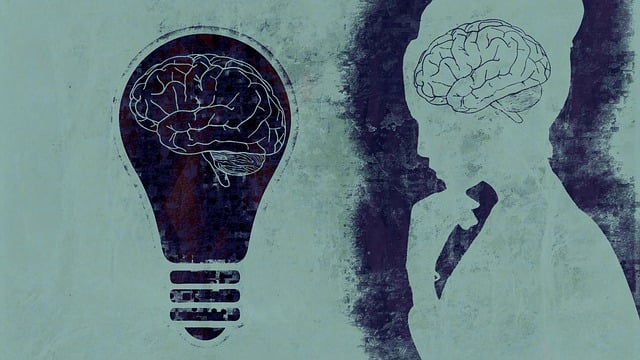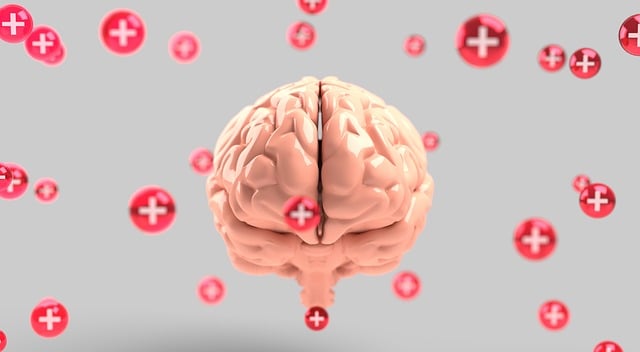Greenwood Village EMDR Certified Therapy is an evidence-based approach to mental health care, focusing on risk management to ensure safe and effective treatment. Therapists assess client demographics, conditions, and unique circumstances, integrating strategies like Inner Strength Development and Stress Reduction to create a supportive environment. This method, recognized globally for its effectiveness against PTSD, promotes positive thinking and brain healing. Continuous learning, self-care, and open communication are key to navigating complex risks, ultimately fostering trust and positive therapeutic outcomes in the local community.
In the demanding field of mental health, effective risk management is paramount. This comprehensive guide explores essential strategies for professionals aiming to navigate potential risks while prioritizing client safety. We delve into the significance of risk management, highlighting the unique role of Greenwood Village EMDR Certified Therapy in mitigating challenges. Discover practical approaches for creating robust plans that foster a secure therapeutic environment, ensuring both professional and client well-being.
- Understanding Risk Management in Mental Health Practice
- The Role of Greenwood Village EMDR Certified Therapy
- Strategies for Effective Risk Mitigation and Client Safety
Understanding Risk Management in Mental Health Practice

Risk management in mental health practice is a multifaceted aspect that requires professionals to be vigilant and proactive. It involves identifying potential hazards within the therapeutic setting and implementing strategies to mitigate their impact on clients’ well-being. For Greenwood Village EMDR Certified Therapy practitioners, understanding risk management is paramount as it ensures safe and effective treatment delivery. This process begins with assessing various risks, including those associated with client demographics, specific mental health conditions, and unique circumstances that may arise during therapy.
By integrating Inner Strength Development techniques, professionals can empower clients to cope with challenges. Additionally, incorporating Stress Reduction Methods and Mood Management strategies as part of the risk management plan enables therapists to create a supportive environment. These methods not only enhance client safety but also foster progress in therapy by addressing potential triggers and promoting emotional stability. Effective risk management ultimately contributes to positive therapeutic outcomes, making it an indispensable component for mental health professionals.
The Role of Greenwood Village EMDR Certified Therapy

Greenwood Village EMDR Certified Therapy plays a pivotal role in enhancing mental health services, especially for trauma survivors. EMDR (Eye Movement Desensitization and Reprocessing) is an evidence-based therapeutic approach that enables individuals to process traumatic memories and reduce their distressing impact. This innovative therapy has gained recognition globally for its effectiveness in addressing post-traumatic stress disorder (PTSD) and various other mental health concerns. By combining bilateral stimulation techniques with guided memory reprocessing, EMDR facilitates the brain’s natural healing process, allowing clients to work through and resolve past traumatic events that may be contributing to their current emotional difficulties.
In the context of Greenwood Village, this certified therapy becomes a valuable resource for the community, offering specialized care tailored to individual needs. The integration of EMDR into mental health planning promotes positive thinking and reinforces the power of Mind Over Matter principles. Public awareness campaigns can further highlight the benefits of such therapeutic approaches, encouraging individuals to seek help and fostering a more supportive environment for mental well-being.
Strategies for Effective Risk Mitigation and Client Safety

Mental health professionals face unique challenges when it comes to risk management, as they handle highly sensitive and vulnerable populations. Implementing robust strategies for effective risk mitigation and client safety is paramount, especially in stressful settings like Greenwood Village EMDR Certified Therapy practices. One key approach is to prioritize self-care practices among therapists, ensuring they maintain their emotional well-being to avoid burnout. This not only boosts their confidence but also enhances the quality of care they provide.
Additionally, integrating mental health education programs designed for continuous learning can equip professionals with advanced strategies for managing risks. By fostering a culture of knowledge sharing and best practices, these programs contribute to a safer therapeutic environment. Equally important is establishing clear communication channels with clients, ensuring they understand the boundaries and processes in place for their protection. This transparency builds trust and strengthens the therapeutic alliance, ultimately enhancing client safety.
In the field of mental health, effective risk management is paramount to ensuring client safety and delivering quality care. By integrating strategies like Greenwood Village EMDR Certified Therapy, professionals can mitigate risks and foster a secure therapeutic environment. This comprehensive approach, combining evidence-based practices with structured planning, empowers mental health practitioners to navigate complex situations with confidence, ultimately enhancing the well-being of their clients.














